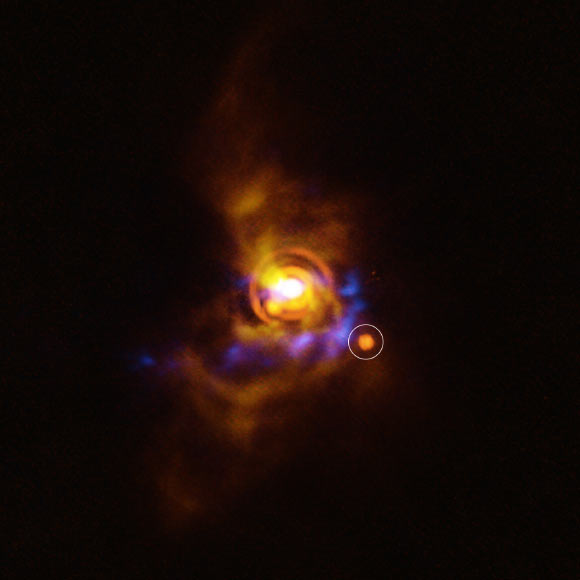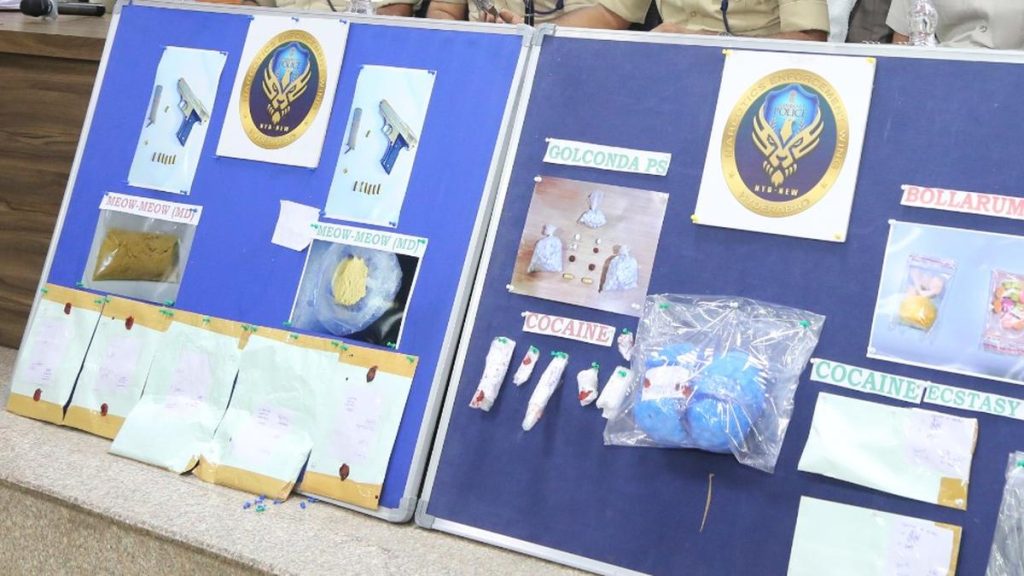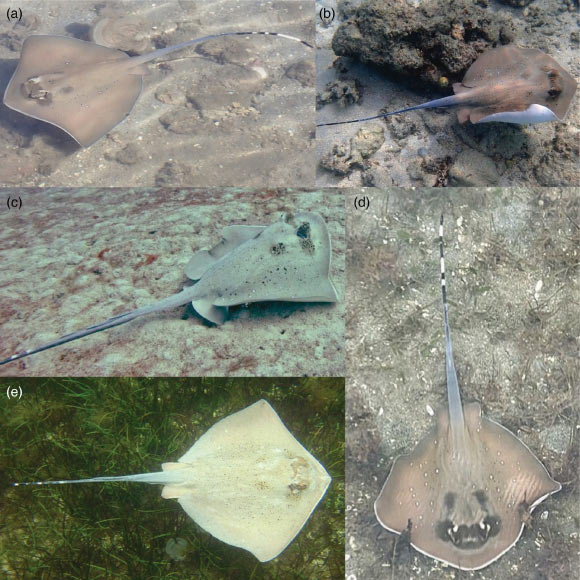Now Reading: VLT Detects Protoplanet and Substellar Objects Near Young Stars
-
01
VLT Detects Protoplanet and Substellar Objects Near Young Stars
VLT Detects Protoplanet and Substellar Objects Near Young Stars

Rapid Summary
- Astronomers using the ERIS instrument on ESOS Very Large Telescope (VLT) have detected two celestial formations:
– A protoplanet candidate embedded in a spiral disk around the young star HD 135344B, located 440 light-years away in the constellation of Lupus.
– Estimated to be twice the size of Jupiter and positioned as far from its host star as neptune is from the Sun.
– Detected directly at the base of one of HD 135344B’s spiral arms, offering strong evidence for planet formation in protoplanetary disks.
– A substellar companion candidate (brown dwarf or large planet) orbiting V960 Mon, a young star located about 5,342 light-years away in Monoceros.
– Possibly forming by gravitational instability,where material fragments and collapses near spiral arms.
- Both detections represent ground-breaking insights into real-time planetary formation.
- The studies were led by Francesco Maio and Anuroop Dasgupta, with findings published respectively in Astronomy & Astrophysics and Astrophysical Journal Letters.
Images:
- Spiral disk around HD 135344B with indicated planet location [Source: ESO / Maio et al.]
Indian Opinion Analysis
This finding has significant scientific implications globally, but for India-an active participant in astronomical research-it could reinforce growing interest in planetary science and space exploration. These observations contribute to foundational knowledge on how planets form within protoplanetary disks,expanding resources for Indian scientists who may collaborate internationally or develop similar projects through initiatives like ISRO or upcoming observatories such as India’s Thirty Meter Telescope participation.
With India’s array of skilled astronomers actively engaged worldwide-from astrophysics departments to research institutes-this breakthrough indicates potential opportunities to further integrate advanced instruments such as ERIS technology into regional projects. promoting cross-border collaborations can present Indian researchers more access to cutting-edge global observational tools while supporting domestic careers tied closely with space education advancements rooted locally. As planetary formation studies evolve globally over time alongside discoveries like this demonstrating raw mechanisms behind system dynamics themselves teamwork emphasis growing region emerges critical stabilizing our academic ecosystem!




























